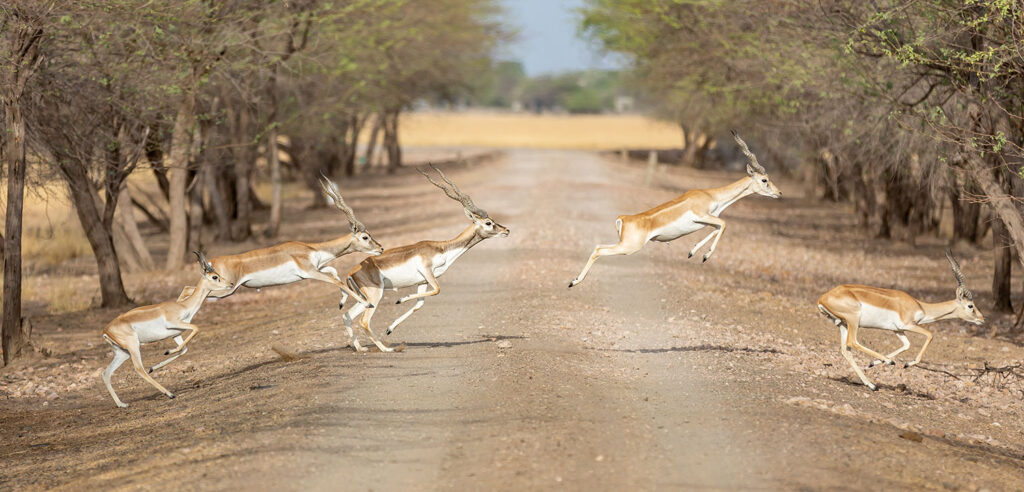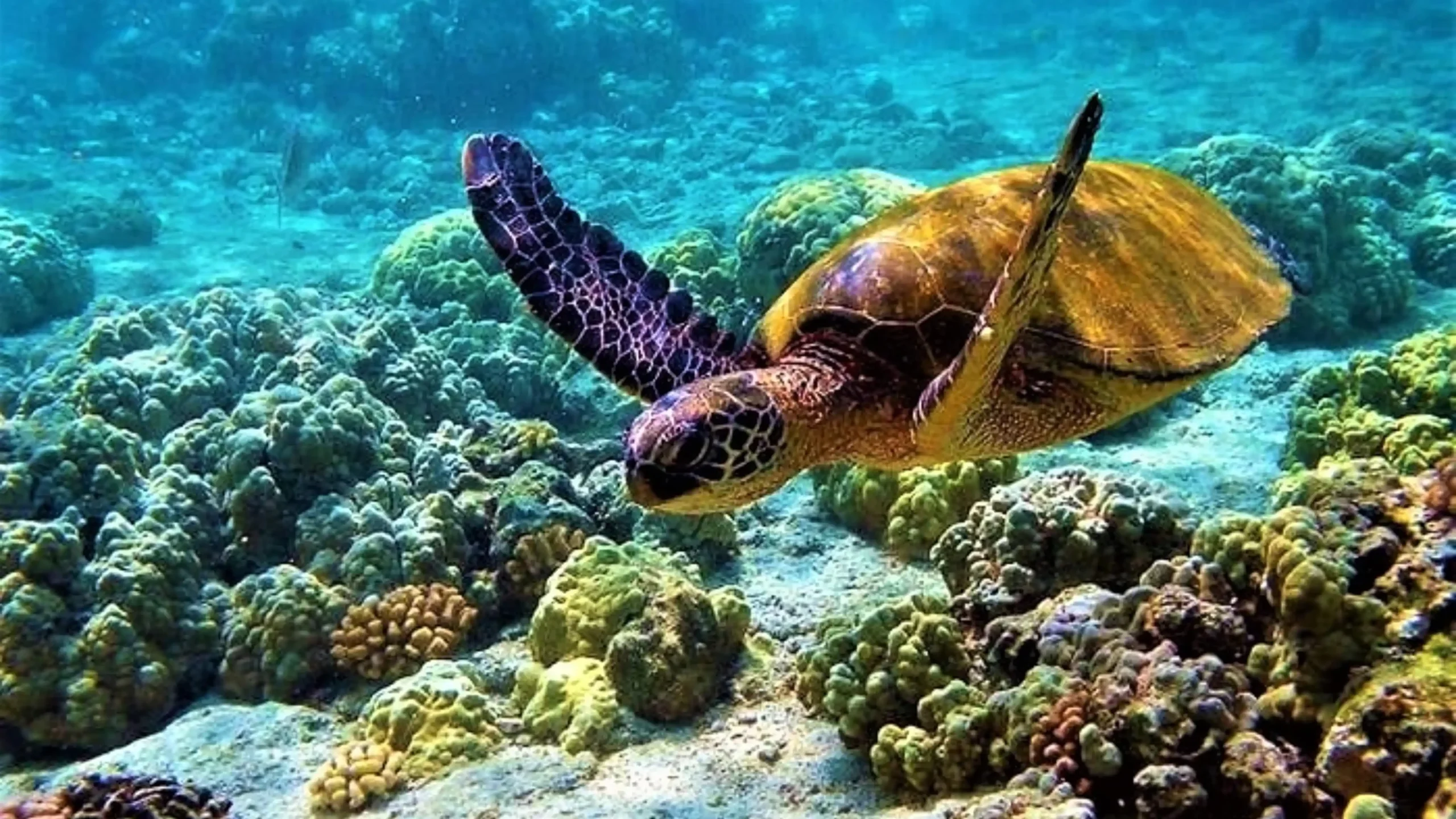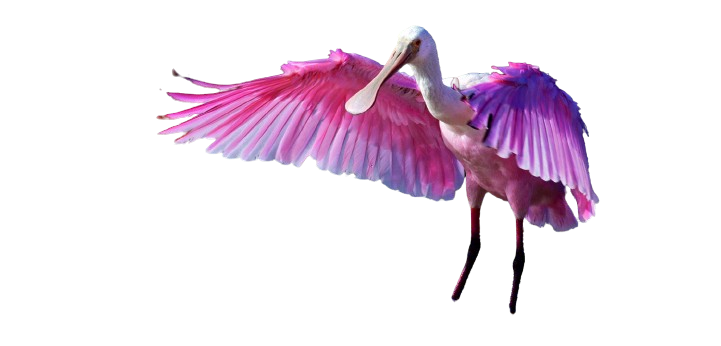Table of Contents
Introduction: National Parks in Gujarat
Gujarat, known for its rich cultural heritage and diverse landscapes, is also home to some of India’s most magnificent national parks. These parks not only preserve the state’s unique flora and fauna but also offer a haven for nature enthusiasts and wildlife lovers. Here’s a detailed look at some of the prominent national parks in Gujarat:
List of National Parks in Gujarat
Gir National Park

- Location: Near Talala Gir in Gujarat, India.
- Area: 1,410.30 km² (544.52 sq mi) with 258.71 km² (99.89 sq mi) fully protected as a national park and 1,151.59 km² (444.63 sq mi) as a wildlife sanctuary.
- Established: 1965.
- Significance: The last refuge of the Asiatic lion (Panthera leo persica).
- Biodiversity:
- Asiatic lions
- Over 450 species of plants
- 200 species of birds
Detailed Article: Gir National Park
Velavadar Blackbuck National Park

Velavadar Blackbuck National Park, located in the Bhal region of Saurashtra, Gujarat, is an essential topic for competitive exam aspirants, especially those focusing on environmental studies and Indian geography. Here are the crucial details and data points about this park:
General Information
- Location: Velavadar, Bhavnagar District
- Area: 34.08 km².
- Establishment Year: 1976.
Geographical Features
- Region: Bhal region of Saurashtra.
- Proximity to Gulf of Khambhat: Near the coasts on the southern side.
- Classified under the Gujarat-Rajwada biotic province of the semi-arid bio-geographical zone.
Historical Context
- Former Use: Originally a “vidi” (grassland) of the Maharaja of Bhavnagar.
- Hunting Grounds: Used for hunting blackbucks with cheetahs.
Conservation Programs
- Blackbuck (Antilope cervicapra):
- The park is renowned for its blackbuck conservation efforts.
- The flat land and dry grasses provide an ideal habitat for these antelopes.
- Wolf (Canis lupus pallipes):
- The local wolf population has been increasing.
- Sightings have become more common, particularly in winter.
- Lesser Florican (Sypheotides indicus):
- An endemic and endangered bustard species.
- Velavadar supports the largest population of lesser florican in India.
Ecosystem
- Type: Grassland ecosystem.
- Flora: Predominantly dry grasses suitable for grazing herbivores.
Vansda National Park
Vansda National Park, located in the Navsari district of Gujarat, is a haven for nature lovers and wildlife enthusiasts. Established in 1979, this park is renowned for its rich biodiversity and stunning landscapes. Here are the key highlights and essential details about Vansda National Park:
General Information
- Location: Navsari District
- Area: 24 square kilometers.
- Established: 1979.
- Gira Waterfalls: A spectacular waterfall within the park.
- The park lies on the banks of the Ambika River.
Historical Significance
- Ownership: Originally owned by the Maharaja of Vansda.
- Established as a National Park in 1979, Vansda has not seen any tree felling since 1952, preserving its pristine deciduous forests with groves of “Katas” bamboo.
Wildlife
- Mammals:
- Leopards
- Hyenas
- Bison
- Sambar deer
- Four-horned antelopes
- Wild boar
- Reptiles:
- Pythons
- Russell’s viper
- Cobras
- Kraits
- Birds:
- Great black woodpeckers
- Grey hornbills
- Malabar trogons
- Racket-tailed drongos
- Paradise flycatchers
- Leaf birds
- Thrushes
- Sunbirds
- Peafowls
- Vegetation:
- Moist and dry deciduous forests.
- Groves of “Katas” bamboo.
- Tall teak trees.
- Orchids and mango groves.
- Gigantic creepers.
Marine National Park

The Marine National Park and Sanctuary, located on the southern shore of the Gulf of Kutch in the Devbhumi Dwarka district of Gujarat, is a unique ecological treasure. Established as India’s first Marine Wildlife Sanctuary in 1980 and later as a Marine National Park in 1982. It is renowned for protecting two major ecosystems: coral reefs and mangroves.
- Location: Gulf of Kutch, along the northern coast of Jamnagar district and the southern coast of Kutch.
- Established: Established as India’s first Marine Wildlife Sanctuary in 1980 and later as a Marine National Park in 1982.
- Area: 458 km² (sanctuary) with 163 km² as a national park which include an archipelago of 42 tropical islands.
- Significance: India’s first Marine Wildlife Sanctuary and Marine National Park. It is renowned for protecting two major ecosystems: coral reefs and mangroves.
Bird Watching
- Recorded Species: About 80 species of birds
- Migratory Birds: Thousands arrive in winter, flying in V-formations
- Bird Categories:
- Birds in mangroves (Painted Stork, Darter)
- Waders in shallow waters (Avocets, Phalaropes)
- Open water hunters (Gulls, Terns, Kingfishers, Osprey)
Ecological Significance
- The area lies in the intertidal zone, allowing for the observation of diverse marine habitats such as saline grasslands, marshy areas, rocky shores, mudflats, creeks, estuaries, sandy strands, coral reefs, and mangroves.
- Mangroves and coral reefs play a critical role in maintaining ecological balance and protecting coastlines from erosion.
Marine Life
- The sanctuary boasts some of the finest coral reef islands like Pirotan, Narala, Ajad, and Positara.
- Home to 52 coral species, including 42 hard and 10 soft corals.
- Coral reefs provide shelter and breeding grounds for various marine species, functioning much like tropical rainforests in terms of biodiversity.
- The intertidal zone reveals diverse marine species such as sea anemones, sponges, starfish, sea cucumbers, octopus, and puffer fish.
- Green Sea Turtle: The beaches are critical breeding grounds for endangered species like the Green Sea Turtle.
- Whale Shark: Largest fish in the world, found in deeper waters, now endangered.
Mangrove Forests
- There are seven species of mangroves in the park, crucial for balancing salt and fresh water systems.
- Mangroves protect the coast and provide breeding grounds for bird species such as Painted Stork, Darter, and Black-necked Ibis.
- These forests are rich in protein-rich leaf litter, attracting fish and invertebrates, which in turn attract numerous bird species.
Conclusion
Gujarat’s national parks offer an incredible opportunity to witness the diverse wildlife and stunning landscapes of the region. Whether it’s the roar of the Asiatic lions in Gir, the graceful leap of blackbucks in Velavadar, the dense forests of Vansda, or the underwater wonders of the Marine National Park, each park promises an unforgettable experience for every nature lover. Plan your visit and immerse yourself in the natural splendor of Gujarat.


